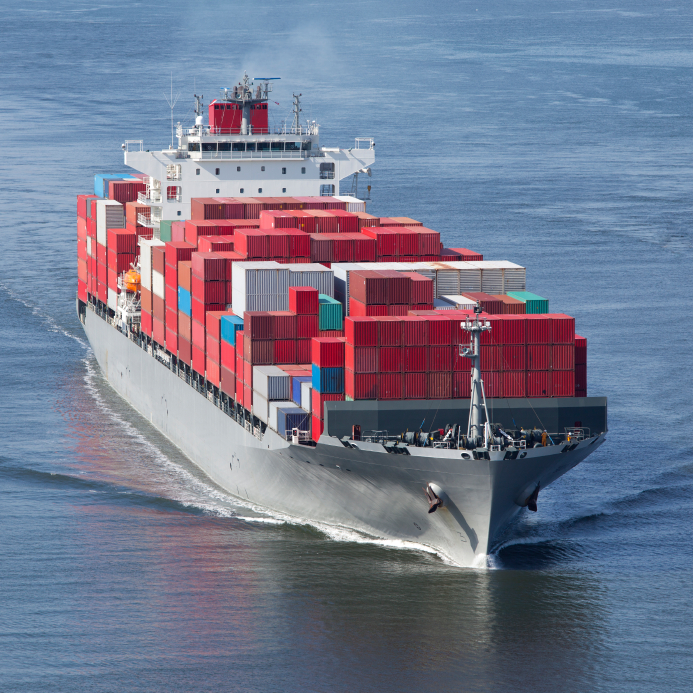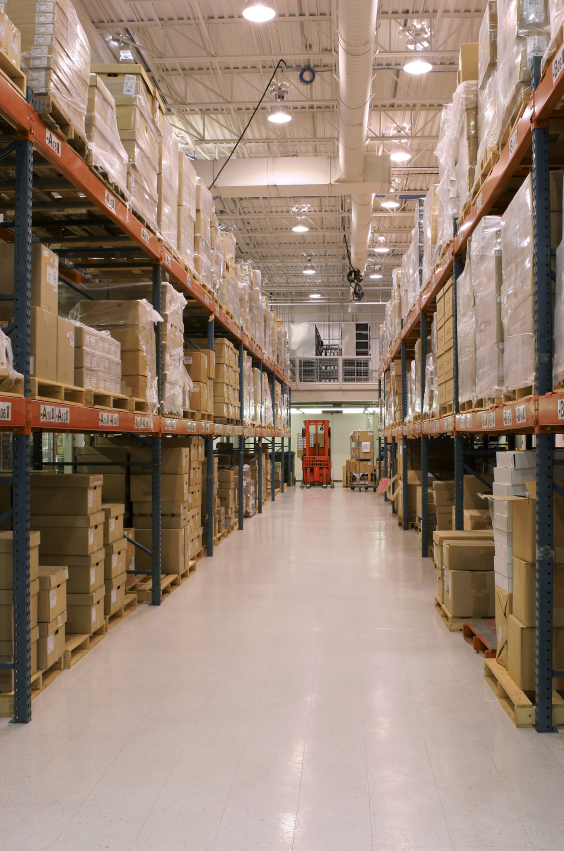Why would you use Trade Finance?
Trade Finance is a positive solution for a lot of Australian businesses that trade internationally, but it’s important to be aware of the associated costs and fees – as well as the fine print that may have an impact. It is also important to recognise if it is appropriate for your business.
The most important question: why?
Used in the right situation, Trade Finance can definitely help a business manage its cash-flow and can also provide other overall benefits. In the wrong situation, though, it can be an unnecessary cost that eats up both time and money.
Trade Finance is best used as a tool to free up cash-flow.
It’s most useful in situations outlined below:
- If you are using an overdraft to fund overseas purchases, it’s expensive and will tie up security. In that circumstance, Trade Finance may be a better alternative.
- If the goods are presold
- If your terms have shortened or if you need to pay new supplier and haven’t got good terms yet
- Exploring a new market
When is Trade Finance least effective?
- If your customers have already paid for the goods upfront and you pay your overseas upfront too
- If your overseas payments are for stock that will be held and not sold for more than 6 months (Trade Finance may be possible for stock held under 6 months)
- If you are dealing with a long term supplier on good terms
So how does it work?
Trade Finance is effectively borrowing money from the bank to pay for imported goods. The main difference is security. Instead of using your business assets or your home as security of collateral to the bank, you use the actual goods that are being shipped. Please note that additional security may be required. Most reputable lenders we do require some kind of security. It may only be something like a GSA and Personal Guarantees.

So, you pay your supplier overseas and then the bank lends you the money until the goods arrive and are sold. This gives you time to bring the goods in, sell them and get payment from your customer.
When you get started, the key here is to talk to the right person. You may have a Relationship Manager at your bank, however, they will have limited knowledge of Trade Finance. Try to get in contact with a Trade Finance specialist who can walk you through the steps you need to take. If you prefer to do your research online, here are some great places to start:
- Guide to Importing and Exporting – An informative, free and comprehensive guide that includes information about trade finance.
- Loandesk– Informative article including basic information on what you need to qualify for a loan.
- Investment Banking Institute – a 1-day course on Trade Finance.
Charges and fees to keep an eye on
When you start using Trade Finance, you will most likely incur 2 fees that are likely to be one-offs. The first is a Set-up fee, then there is the Facility Approval Fee. It does pay to shop around because we found that these fees vary from bank to bank.
The most common ongoing charge for Trade Finance is your interest rate margin. This margin largely depends on the security you provide for the loan. Other common charges include a line fee, which is charged as a percentage of your total lending limit. Not all banks charge this, so make sure you ask.
Finally, there will be the cost of actually sending the money overseas. Your business will have these costs, regardless of whether you use Trade Finance or not.
Thanks to Lloyd Guy for his help explaining Trade Finance
If you have any other questions about currency conversion issues, call our experts at The Currency Shop.
